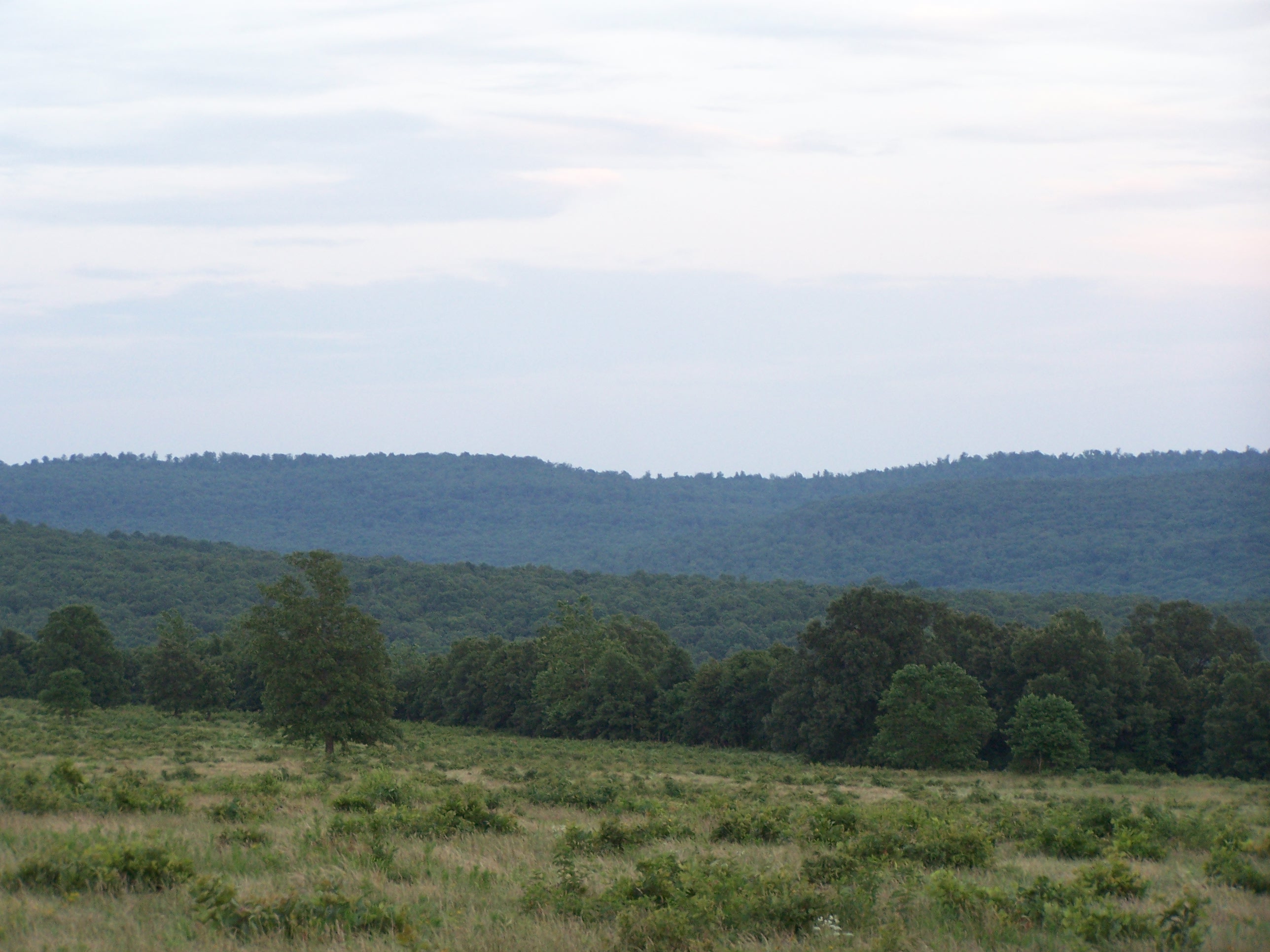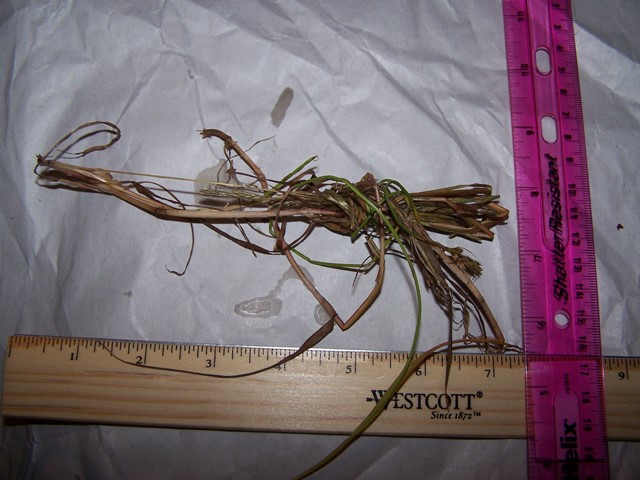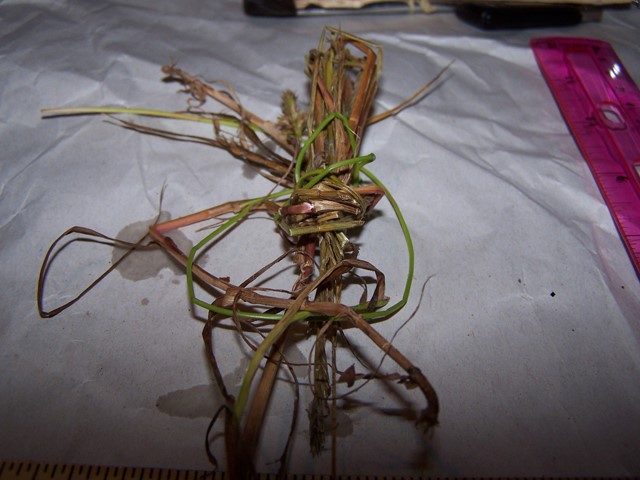The Grass Ball Incident
- Details
- Category: Uncategorised
- Published: Tuesday, 30 July 2024 21:06
- Written by Super User
- Hits: 6889
On June 19, 2009, Cherokee Rose and myself, went out to the location with the intention of setting up a listening post. On June 18, 2009, the landowners had left a message for us that they had found a possible track, although it was only 8 inches long. I called them back the morning of the 19th, and told them we would be heading out there with some daylight left, so we could examine the track.
The landowners expressed a desire to go out with us to the listening post, their curiosity was peaked about the recent events around their location.
Here is the interview we did with them the next day after the grass ball incident, in which they went over the exact things that are placed here, stating the story was accurate. (For the individual who snuck down recently and claimed he recorded a conversation with the landowners, going around my back in my research areas, suck it.)
Part One of the Interview
Part two of the Interview
We arrived, and they took us down to where the possible track was, and it appeared to be a juvenile track several weeks old, you could even see the mid-tarsal break and what looked like toes possibly. The track was uncastable due to its age, but photos were taken.


We then traveled down the trail for about another 3/4 mile to the field where the Feb. sighting had occurred. At the time, everyone thought we would be setting the listening post up where the sighting occurred last Thursday, but instead, I suggested going down to the end of the trail. This brought us up to the field and the gate there, and the land owner asked if we wanted to go to the other side of the field into the woods, but instead, I opted to plant us in the middle of the 40 acre plus field on the slope where we had an unobstructed view of the whole area. The average height of the vegetation in the field was about 3 feet high.
There were about 20 head of cattle on one end of the field, and they would never approach us. We also could see a large herd of deer moving along the edges of the field.
We set up our chairs with everyone facing down slope, with me occasionally looking up towards the top of the slope. As darkness fell, I put a small battery powered lantern on top of the blazer, hoping to attract attention.
About an hour after complete darkness, the landowner's son was sitting on the 4 wheeler when something hit him in the back, and we assumed that it was a bug flew into him. Then the landowner's wife was struck in the stomach with something, and thought it was a bug. This all began about 10 PM. About 5 minutes later, something struck her foot, and she was sitting furthest away from everyone. Her son took a flashlight and was looking for a rock when he found a bundle of grass that had been wrapped up with other pieces of grass, and made into basically a ball. Moments later, another object struck her, and this time it happened when a light was shining on her and the object was seen falling to the ground, it was the same type of bundled grass that had been found earlier.
I took the objects that we found and took a picture of them, I then took my night scope and began looking the surrounding area over, to our southwest in the far corner of the field, I spotted a large bi-pedal animal coming up towards us, when I painted him with the IR light on night scope, it ducked down into the vegetation. I handed the night scope to Cherokee Rose and she observed for about 5 minutes on that location and it never got back up. I would estimate it was about 7 feet tall, as a good portion of it was viewable over the height of the vegetation. It was also light color, either light brown or even possibly greyish. It is a possibility that it's the light brown one that was seen last week by the landowner's wife.
We had done a controlled wood knock at 9:30 PM, and after the creature was seen in the corner of the field, we began hearing single wood knocks at approx. 1 minute intervals traveling in the wood line to our west near the gate to the field. The distance was approximated at about 100 feet between knocks traveling to the north.
By 11:00 PM, the "balls" of grass being thrown and started slowing down, and I decided it was time for a face to face to occur with the thrower, so I picked up my small flashlight and walked out to where we thought the creatures would be laying, throwing the grass at us. I traveled about 75 feet out into the brush, and discovered trails were something had been crawling through and even where they had been possibly pulling the grass up.
While I was out there hoping to surprise one into standing up. A grass "ball" was thrown from the opposite side of where we were sitting, hitting the landowner's son in the back. With this, we got spotlights out and began going through the field trying to jump anything, as we felt there were several creatures in the field with us now. No sooner than we returned to our sitting area, one last "ball" came sailing in. After that, things calmed down and the landowners expressed a desire to leave since they had to get up early the next morning to go on a trip.
We all headed back, with all the collected grass "balls"; in plastic baggies for evidence. My biggest wish was that I would have had some thermal imaging that night, I could have found where they were laying and approached them at a run with the camera ready and got a good picture.

A view of the southwest corner of the field where the Bigfoot was spotted by the night vision scope before it ducked down.

The landowner and his son just before the grass balls come sailing in. At first we suspected the father and son were possibly throwing them at the wife, so Cherokee Rose and I kept a close eye on them until we realized it was neither of them doing it.

Cherokee Rose with the landowner’s wife, when dark fell she began playing on her cell phone, which lit her up and made her a target for the grass balls.

The first three grass balls that were collected, during this picture being taken, and everyone present was standing around these, we watched as a 4th grass ball came sailing over and landed in the middle of us all.


The next day we went out to look over the area where this occurred, this is photos of the treaded down grass where something had crawled up to a point not more than 50 feet from where we sat.

A view of where we were setting from the spot concluded where whatever was throwing the grass balls at us was laying down at.

This is the spot where it appeared something was laying at and throwing the grass balls at us.

We deduced this by the fact that the grass had been snapped off in this spot, the same type of grass that the balls were made out of.

A view from behind the vegetation that the thrower would have been behind throwing the balls at us.

The picture above and following are the measurements of some of the grass balls including the close ups for them. Eventually we tried to preserve them by spraying acrylic coating over them, this allowed us to keep them for about 7 years before the organic material decomposed to the point that they crumbled. I want to thank Paul Vella for his help in trying to preserve the grass balls with his advice.










